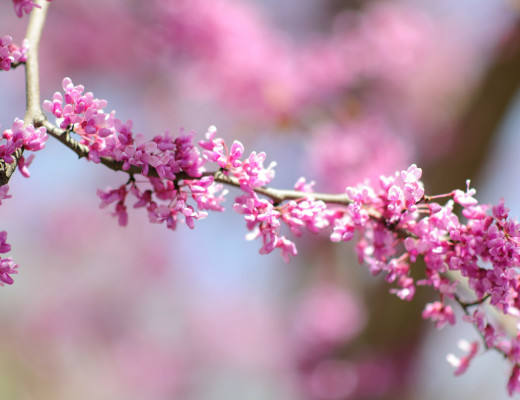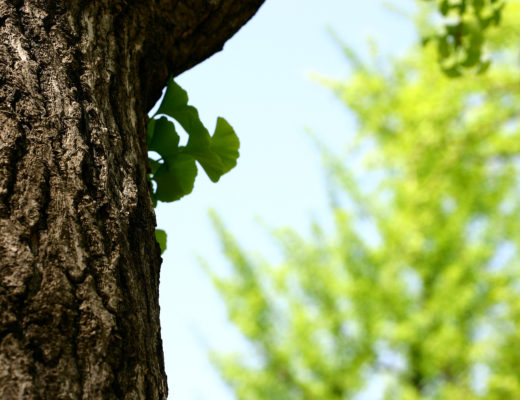Quercus phellos
The oak tree family is made up of hundreds of species. It’s fair to say that each species offers unique and imperial traits to any landscape it adorns. The willow oak is no exception. Its striking foliage and medium size has made it one of the most popular choices along streets and in parks. Naturalist Donald Peattie described the tree as, “a tree of stately form, with foliage at once brilliant and delicate.” Indeed, it is.
The willow oak is easy to grow, provides beauty and practicality over a very long life span, and is of high value to wildlife. Perhaps that is why it was also one of Thomas Jefferson’s favorite trees. It offers the same grand statue as its relatives with a little extra flare. The foliage on this tree has willow-like leaves that transform into a bright show of shades of yellow bronze-orange and russet-red in the fall.
In the landscape
The willow oak is a hardy tree. In its natural habitat, it lives in bottomland forests in the south with sweet gum, laurel oak, water hickory, and swamp privet. But its popularity as a landscape tree grew from its tolerance to severe heat, drought and other stresses common in urban settings (hardiness zones 5-9). It is fast growing and can reach anywhere from 70-100 feet at maturity. In its youth, it grows in a pyramidal shape and later evolves into a rounded oval as it matures, serving as a great shade tree.
Catch up on Scarlet Oak: A Parade of Red




